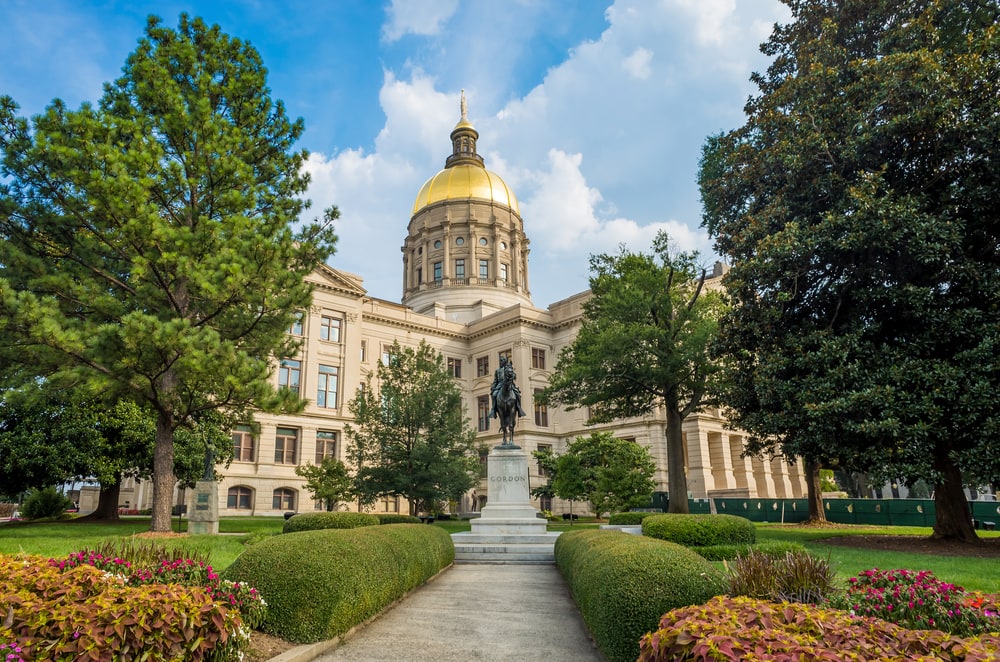California improves by not getting worse
Sometimes, small victories are worthy of celebration. A qualified celebration of just that variety is in order at the California Department of Insurance headquarters in Sacramento to mark the relative improvement in the state’s insurance regulatory environment and what the future may hold for subsequent rankings.
R Street’s annual Insurance Regulation Report Card provides an opportunity to take stock of how states, the primary regulators of insurance products, handle issues that impact virtually every resident. Last year, California’s insurance regulatory environment ranked dead last in our study of all 50 states. This year, it has improved its ranking to 45th.
To be clear, the study is not meant as a referendum on the quality of a particular regulator, since the majority of the areas measured would require significant legislative and/or administrative changes. Strange as it may seem, regulators often must make-do with the systems they inherit.
The Golden State’s uniquely slow timelines for approving routine rate filings and its strict underwriting restrictions contributed to its poor performance. This year, many of those problems remain. In fact, only one state, North Carolina, has a rate-making system near as restrictive as California’s. The Tar Heel State finished last in this year’s study.
California’s improvement was made primarily on the strength of missteps taken in other states. But while other states backslide, California stands poised for a notable jump in the rankings in 2016.
For the first time in years, California policymakers have both the awareness and discrete understanding of what ails its system of ratemaking. A study that I worked on earlier this year measured exactly how long it takes for the CDI to approve rates compared to other states.
Fast rate approval is a crucial component of a healthy state insurance market because it ensures that policyholders are paying for coverage that accounts for the most up-to-date understanding of their risk.
Under a set of requirements laid down by a 1980s-era law called Proposition 103, the CDI is forced to delay any action on rate filings for a period longer than it takes many states to complete approval of a filing. On a comparative basis, a process that takes 26 days in Nebraska, 55 days in Washington and 58 days in New York takes a whopping 139 days in California.
Most astounding, when rate intervenors intercede in a filing, approval takes more than a year.
With this knowledge in mind, the CDI can take modest steps to target specifically the factors that lead to delay. For instance, it could refine the scope of the context in which intervenors act to ensure that outsized delay does not have a chilling effect on the market as a whole.
A small change like that would have a large impact on the quality of the state’s regulatory environment. It would likely mean that, in 2016, CDI staff could celebrate something more than a small relative improvement.
Whether or not it will take such steps remains to be seen.







